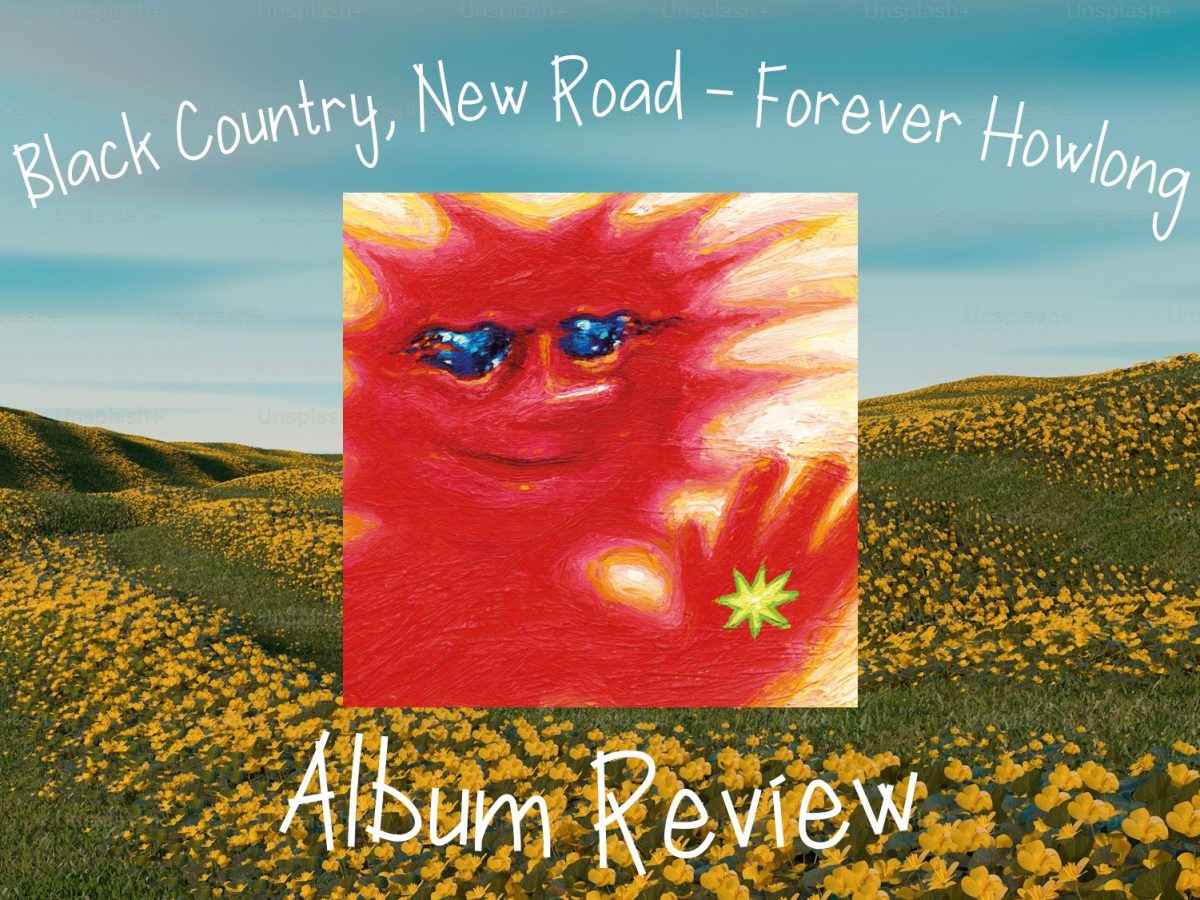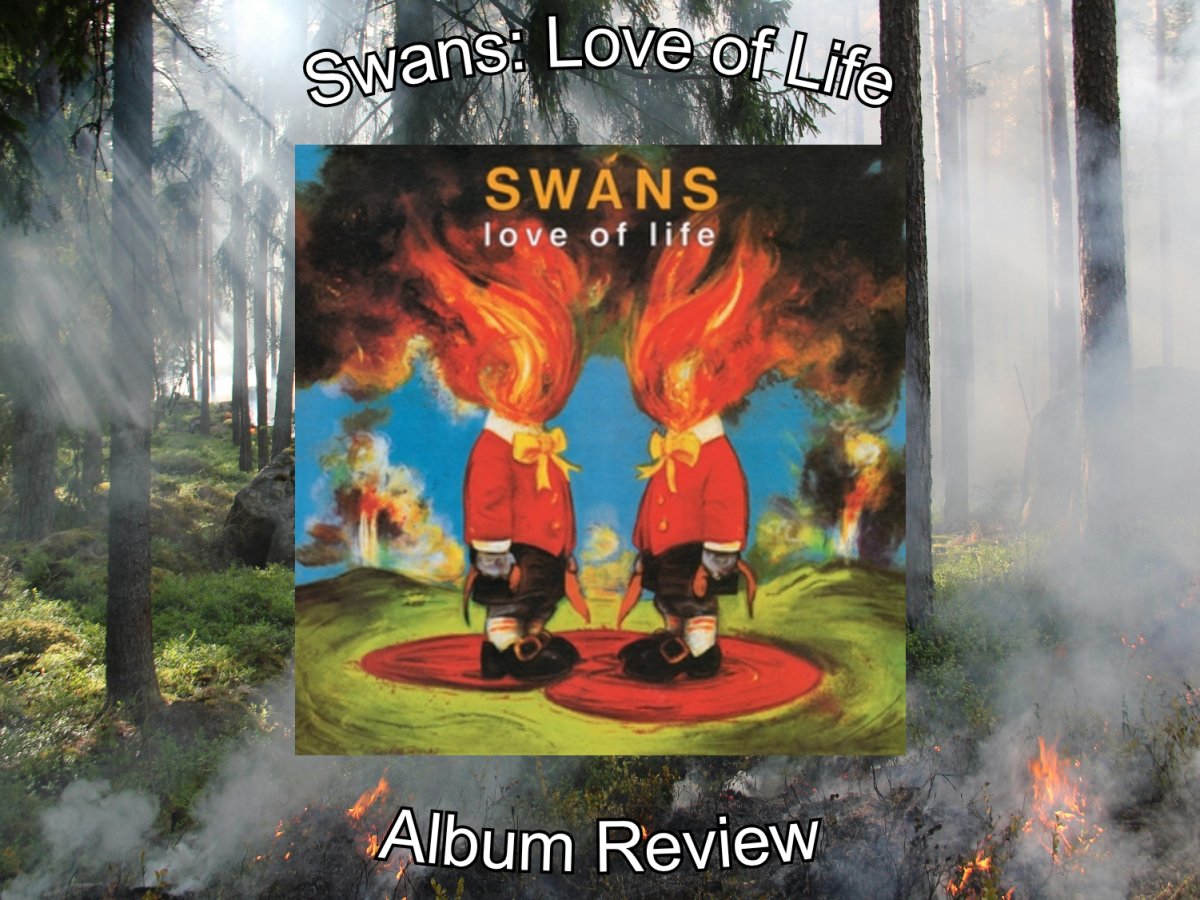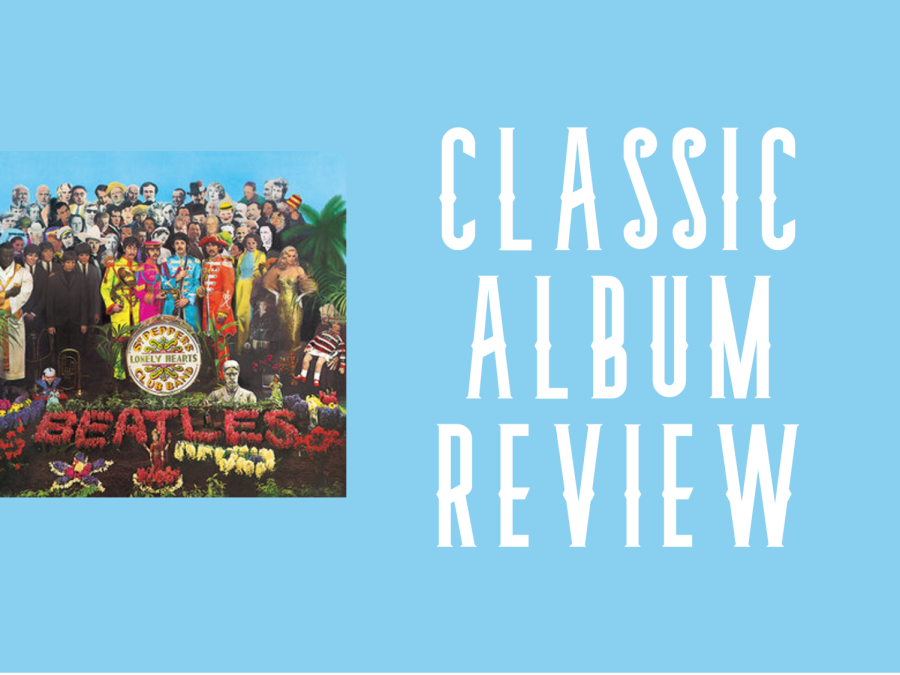Reviewing “Sgt. Pepper’s Lonely Hearts Club Band” by the Beatles
April 16, 2023
The Beatles most likely need no introduction to anyone. They are easily one of the most influential bands of all time, having inspired tons and tons of musical artists, both in the mainstream and the underground. Their musical takes on rock paved the way for the future of said genre, especially in their golden age; starting from “Rubber Soul” to their swansong, “Abbey Road.”
Their eighth studio album, “Sgt. Pepper’s Lonely Hearts Club Band” is arguably one of their their most influential albums, breaking traditional “rules” of rock music and making a body of work that took up a concept; as well as giving other artists inspiration for their own albums like this.
But does the album’s influence remain to this day in the modern age? How have its songs and its concept age as concept albums have become extremely well known and part of the mainstream as of now?
“Sgt. Pepper’s” is not that deep of a concept at all; we listen to what seems to be a concert of the Beatles’ alter egos as they perform to an audience, singing stories and songs that range from having psychedelic bliss to dramatic emotion.
The intro track is a perfect example of this, with a whimsical rock tune playing in the background as an announcer sings to the audience about a special guest leading the show, the Lonely Hearts Club Band. There is a brief orchestral interlude as the band most likely prepares for their long performance.
Tracks in the album such as “Fixing A Hole,” “With A Little Help From My Friends…” and “Getting Better” have a similar type of mood attached to them, a much more whimsical palette of tunes with simple and more contemporary morals. While they are not huge moments on the album, they do bring their own senses of style and fun in the mix.
Another type of mood or aesthetic on this album would have to be the psychedelic bliss that I mentioned earlier. It does not appear on the album as much, but it certainly does bring an impact to the tracks.
“Lucy In The Sky With Diamonds” perfectly blends this idea of a more whimsical aesthetic to a more psychedelic aesthetic with ease; with oddball lyrics and a catchy multi-phased instrumental. However, this concept does not always work out in as good of ways as this.
“Within You Without You” heavily reflects band member George Harrison’s deep exploration into Hinduism, as the song is inspired heavily from the music to come from that religion. While the initial few minutes of the track are interesting, the overall song suffers from doing too little, and too long for its five minute run time. It especially feels odd in the track being in between “Being For The Benefit Of Mr. Kite!…” and “When I’m Sixty-Four,” which both have a few problems.
“Mr. Kite” is a moment on the album where the song-writing gets just a little too grading and unfortunately slightly annoying. “When I’m Sixty Four” is a very sweet little tune, however it is a bit of a whiplash moment after “Within You Without You,” and is just a little bit too long. However, it is not as much of a dud as some of these other tracks.
My last major complaint would have to be “Good Morning Good Morning.” While most of the tracks here can suffer from a conceptual standpoint, this track suffers from its musicality and production. The trumpets on this song are mixed way too loudly over the instrumental and main vocals of the band, creating another grading song in the tracklist.
However, there are a few great songs that I have not talked about just yet. “She’s Leaving Home” is a despairing yet peaceful song telling of a story of two parents’ pain over their daughter running away from them. It is the only real sad moment on the track list and definitely hits hard with the beautiful string section in the background, along with the band’s singing.
While “Lovely Rita” is not a concept as brilliant as others on other Beatles albums, I think that the song itself is one of the more catchy moments on the track, calling back to certain moments with songs such as “Getting Better.”
Finally, we get a reprise of the opening song, hearing the Lonely Hearts Club Band as they say goodbye. However, there is still one more song left, that being “A Day In The Life.”
This, to me, is not only the best song on the album, but easily one of the best Beatles songs in their catalogue. The track is split into three phases, written by either John Lennon or Paul Mccartney. Lennon’s parts tell of a protagonist reading or watching things throughout the day, whether it be the news or a movie. He describes certain events and how they make him feel, whether it be the English army winning a war, or an article of a lucky man.
Paul’s part is very interesting. He tells of possibly a different protagonist as he wakes up to do his morning routine.
“Woke up, fell out of bed, dragged a comb across my head. Found my way downstairs and drank a cup, and looking up, I noticed I was late. Found my coat and grabbed my hat, made the bus in seconds flat, found my way upstairs and had a smoke, and somebody spoke and I went into a dream.”
These written sections of the song are split up by two grandiose orchestral segments, starting with the string section as it slowly builds up from a low melody, rising up with more volume and pitch before hitting one grandiose high note. These sections are easily the most harrowing and scary on the entire album.
As the final string section hits a high note, one last strike of the piano ends of the entire album with a heavenly bang.
While some of the writing and musicality on “Sgt. Pepper’s Lonely Hearts Club Band” can lead to the overall album’s detriment, whenever it works, it leads to creating some of the best and most classic Beatles’ songs out there. However, the entire album experience is just a little to rocky, as other Beatles’ albums have better tracklists altogether. That is what leads me to say that this album’s rating for me will be a seven out of ten.



























